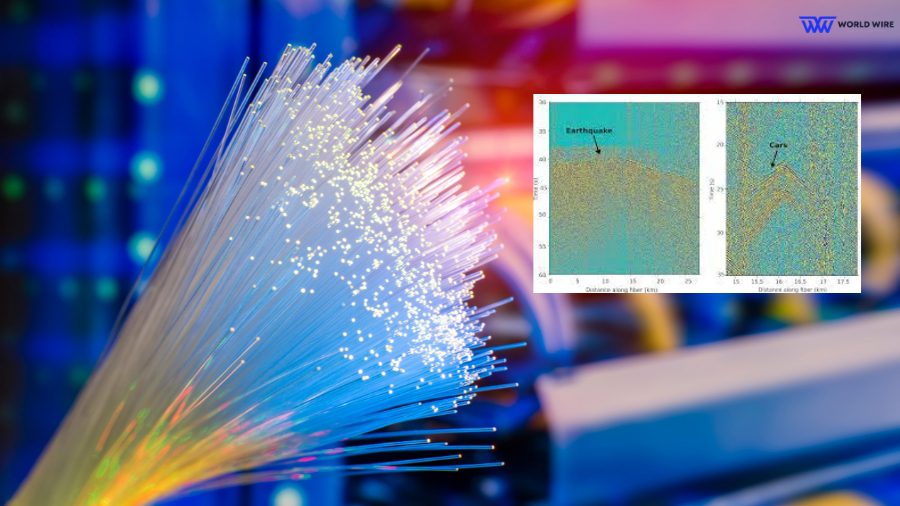Geothermal energy serves as a renewable alternative to fossil fuels, yet locating geothermal resources proves challenging. Traditional methods for finding these resources are labor-intensive and costly.
Here are the details of the news
Zayo’s Dark Fiber for Advanced Seismic Sensing Research
Zayo Group Holdings Inc., a global communications infrastructure provider, has announced a collaborative research effort aimed at using current telecommunications fiber to map potential geothermal resources, particularly those lacking surface manifestations.
The Imperial Valley, known for its abundant yet undiscovered geothermal resources, became the focus of the Imperial Valley Dark Fibre Project in 2019.
The project seeks to develop an improved method for identifying renewable geothermal resources for energy production.
This U.S. Department of Energy-funded research project in Imperial Valley, California, involves Rice University and Lawrence Berkeley National Laboratory.
Zayo emphasized that conventional geothermal resource exploration has relied on a limited number of seismic sensors placed in specific areas.
National Laboratory and Rice University researchers have combined dark fiber with traditional seismic sensors, deploying thousands of sensors for a single project.
This innovative approach significantly reduces prospecting costs while enabling crucial measurements every few meters.

The research findings allow scientists to effectively locate previously undiscovered geothermal resources, even in areas lacking surface manifestations.
The sensor network facilitated by Zayo’s dark fiber enables Imperial Valley researchers to create more comprehensive subsurface maps.
Additionally, they’ve leveraged Zayo’s dark fiber to explore various applications, such as earthquake detection.
According to a prepared statement from Dr. Jonathan Ago-Franklin of Rice University, “geothermal research takes an incredible amount of collaboration.”
Franklin added, “Zayo’s fiber infrastructure and expertise were a significant benefit to our team’s research.
According to a prepared statement from Zayo CEO Steve Smith, “We hope the great work of the Berkeley Lab and Rice University team will inspire new conversations about how fiber infrastructure can be leveraged in new ways to make a positive impact on our future.”
In another fiber-related research study, Seismic activity is measured by the fiber itself. One of the most seismically active regions in the United States, Humboldt County, California, is where researchers from California Polytechnic University have conducted experiments.
Buried fiber optic cables pick up specific frequencies, and this information can be used to measure seismic activity.
Researchers can distinguish between, for example, seismic activity and a car through the analysis of data gathered from the ground using dark fiber.







Add Comment